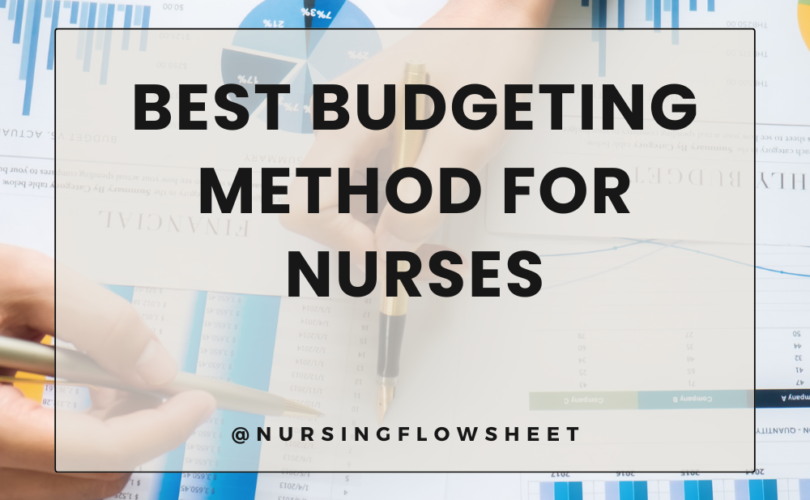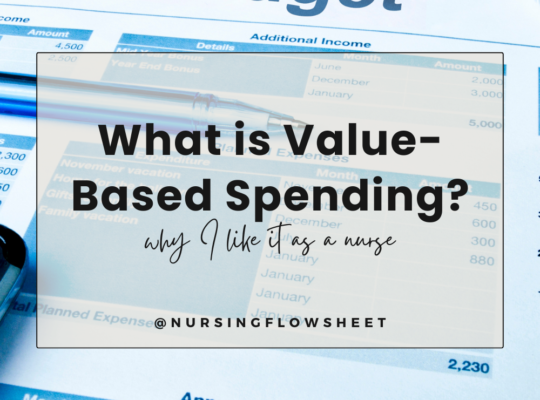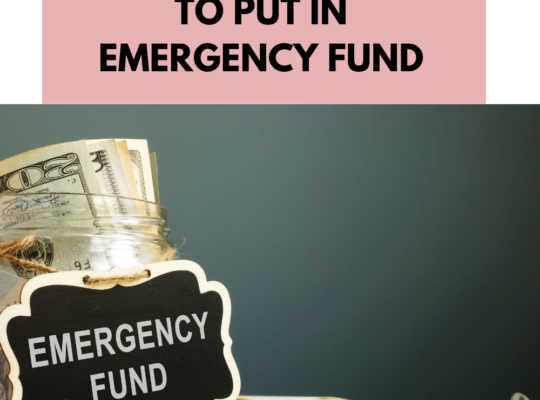If you are a nurse and you’re wondering how you can manage money better, the one thing you need to do is figure out a budgeting method that works for you. Since starting my own business, I realize that this one budgeting strategy is what changed the way I view money.
As you know, when it comes to finances, it’s not the amount you make that matters– but the amount that you are able to keep & invest. In short, focusing on profits as a nurse is something that you should be doing to improve your money management.
One of the books I loved reading as I was starting out in my business journey is Profits First. In accounting, Profit First is a system that put simply, prioritizes profit. Businesses that use this method set aside a percentage of profit first, and then determine how many expenses they can afford. 💸
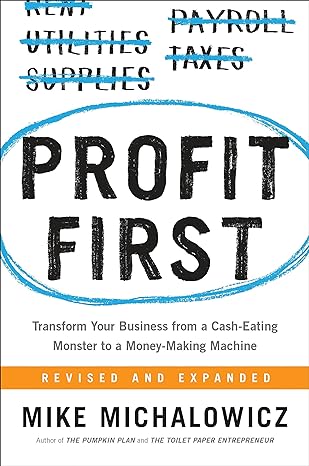
As a nurse, whether you are making $60,000 a year or over $100,000 – the amount of money that you are able to save and invest is what matters the most at the end of the day. There are a lot of budgeting methods out there, but I found that profit-loss budgeting works really well for me as I navigate my nurse entrepreneur journey.
READ: Budgeting for Beginners
Understanding the Profit-Loss Budgeting Method
The profit-loss budgeting method, also known as the income and expense method, operates on a simple principle: tracking your income and expenses to determine your financial health. In essence, it’s akin to how businesses evaluate their profitability by subtracting expenses from revenue. As a nurse, applying this method involves keeping a close eye on your income from various sources (such as your salary, overtime pay, or additional per diems) and subtracting your expenses (including living costs, debt payments, and savings).
Why Profit-Loss Budgeting Stands Out for Nurses
- Simplicity and Transparency: One of the biggest advantages of the profit-loss method is its simplicity. It doesn’t require complex calculations or intricate spreadsheets. Instead, it provides a straightforward view of your financial situation, making it easy to understand and manage, especially for busy nurses who may not have the time for elaborate budgeting techniques.
- Real-Time Awareness: Nurses often work irregular hours and may have fluctuating incomes due to overtime shifts or per diem work. With the profit-loss method, you can track your income and expenses in real-time, allowing you to make informed decisions about your finances as situations evolve. This real-time awareness empowers you to adjust your spending habits or savings goals accordingly.
- Flexibility and Adaptability: Healthcare professionals, including nurses, face unique financial challenges, such as student loan debt, certification costs, and potential fluctuations in income. The profit-loss method offers flexibility to adapt to these challenges. For instance, if you receive a bonus or a pay raise, you can quickly incorporate these changes into your budget and allocate the additional income wisely.
- Focus on Long-Term Goals: While day-to-day expenses are essential to manage, nurses also need to plan for their long-term financial well-being. Whether it’s saving for retirement, paying off loans, or investing in further education, the profit-loss method allows you to prioritize these goals within your budget. By regularly evaluating your income and expenses, you can ensure that you’re making progress towards achieving your financial aspirations.
Implementing the Profit-Loss Method
To effectively implement the profit-loss budgeting method as a nurse, consider the following steps:
- Track Your Income: Keep a record of all sources of income, including your base salary, overtime pay, bonuses, and any additional earnings from per diem shifts or side gigs.
- Monitor Your Expenses: Closely monitor your expenses by categorizing them into fixed (such as rent or mortgage, utilities, and insurance) and variable (like groceries, dining out, and entertainment). This will help you identify areas where you can potentially reduce costs.
- Regular Reviews: Set aside time each month to review your budget and assess your financial progress. Look for opportunities to cut unnecessary expenses or increase savings.
- Adjust as Needed: Life as a nurse can be unpredictable, so be prepared to adjust your budget as circumstances change. Whether it’s a change in income, unexpected expenses, or shifts in financial priorities, staying adaptable is key to financial success.
I created a Profit Calculator that you can download so you can see how much Net-Profit you get with your nursing salary each month.
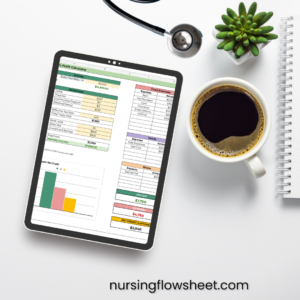
In conclusion, while there are various budgeting methods available, the profit-loss budgeting method offers nurses a practical and efficient way to manage their finances. By maintaining a clear view of their income and expenses, nurses can make informed decisions, achieve their financial goals, and ensure a stable financial future amidst the demands of their profession. So, start implementing the profit-loss method today and take control of your financial well-being!

